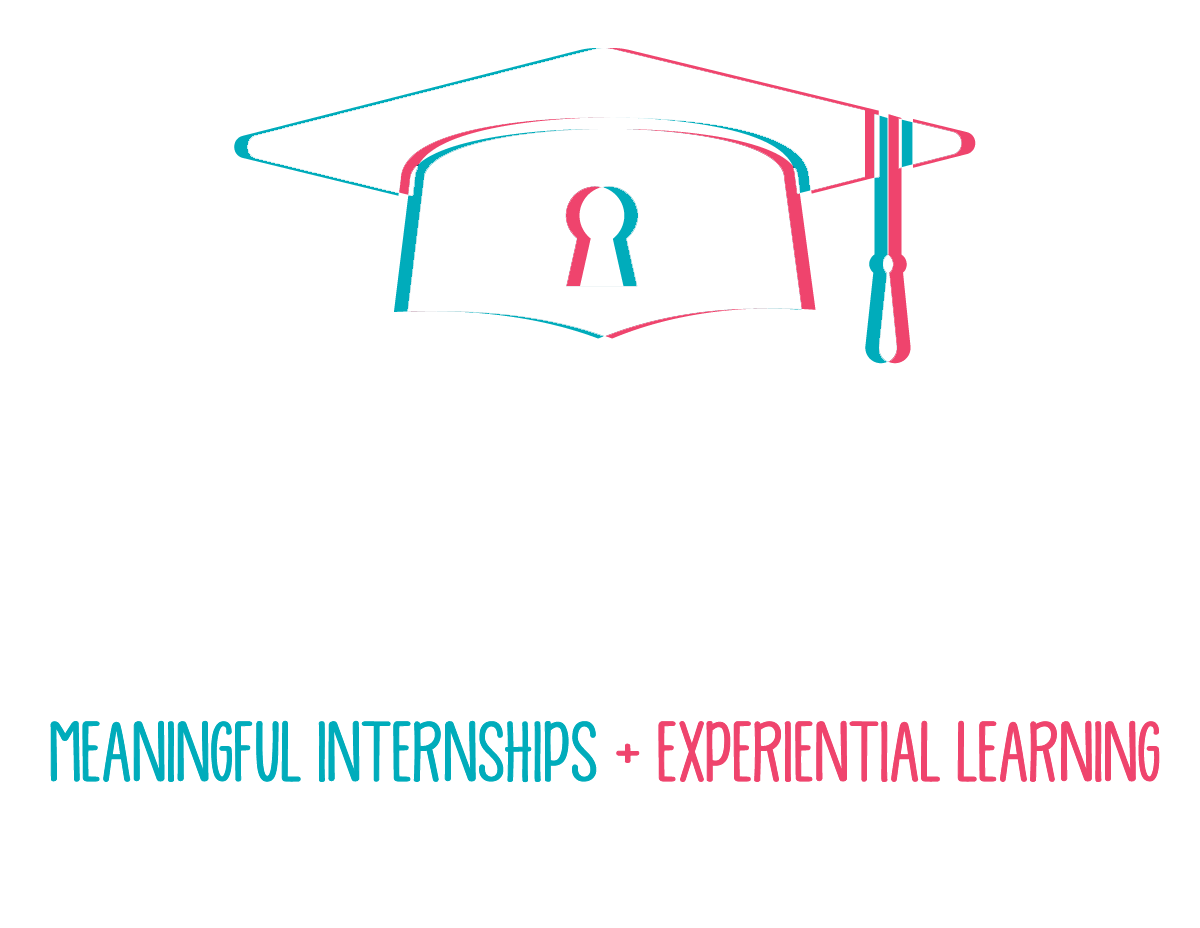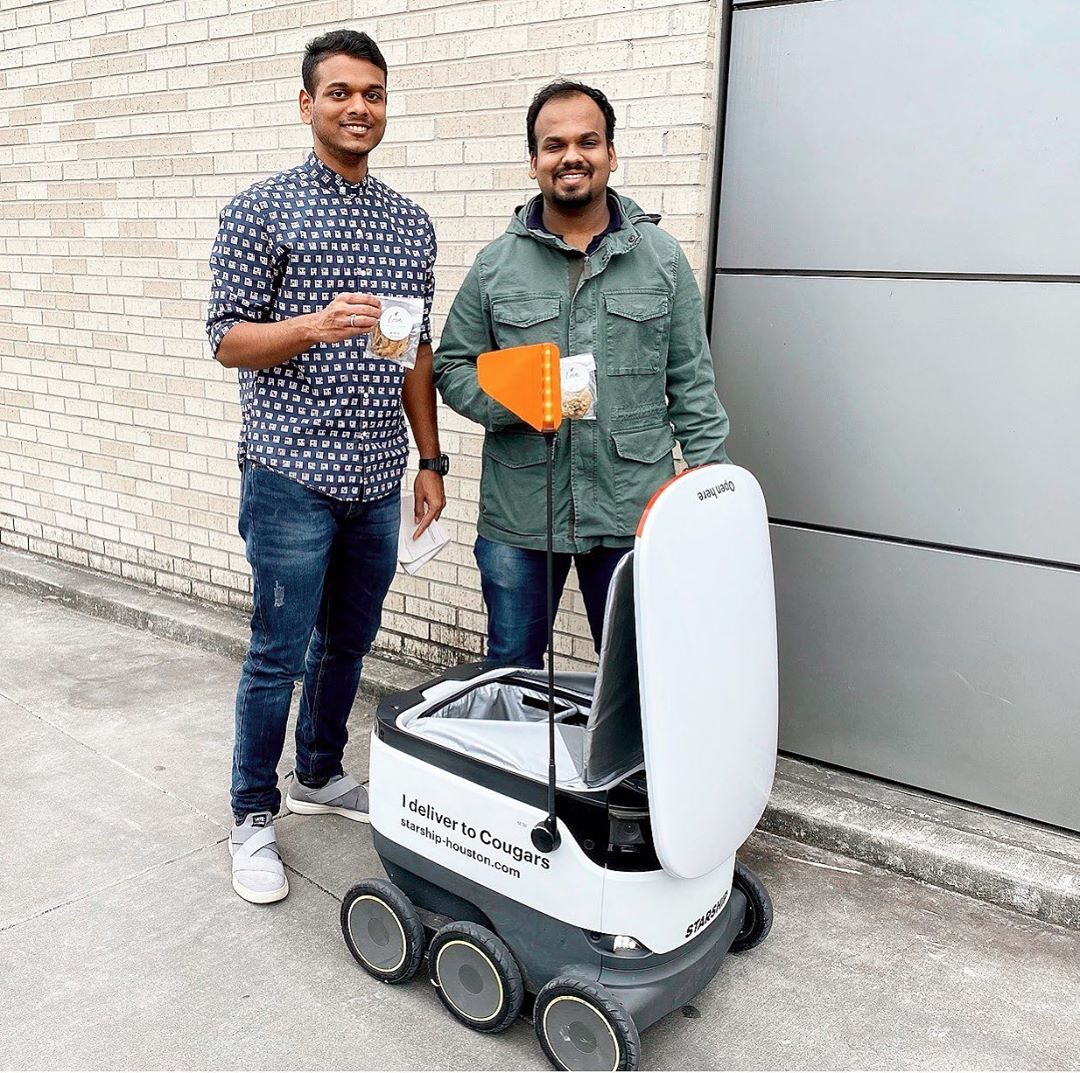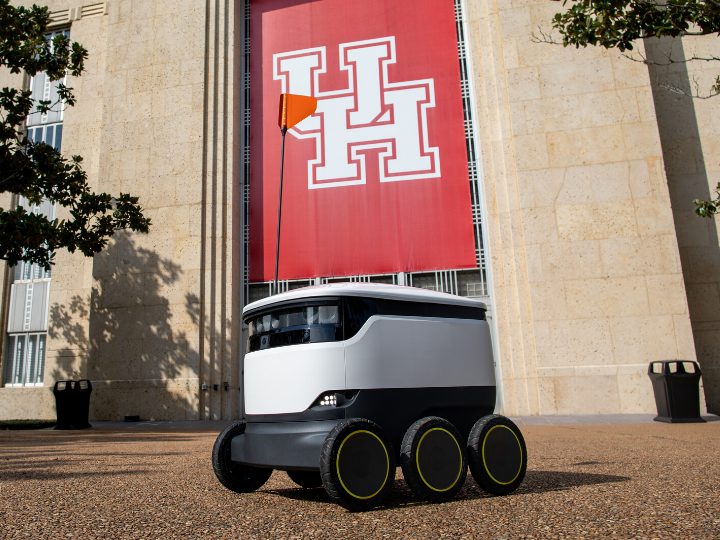University of Houston Supply Chain and Data Analytics Interns, Adi V. and Rami D. led analytics efforts on the launch of the Starship Robot delivery on campus. Check out the scope of their project!
There’s been a lot of buzz around the Starship Robots on campus. Tell us about your involvement.
The main goal of our project was to streamline the communication between the Starship Launch Team and our Restaurant Managers. Our role focused on ensuring the menu functionality of the application for Starship matched and worked seamlessly with the 11 outlet operations as well as to identify issues and gaps during the test period and resolve them.
Wow, 11 locations, how did you tackle the scope of the work?
We utilized the existing data of each location to predict how much volume and times per day the deliveries would peak and valley and then communicated with the operators and robot runners to staff accordingly. Also, under our mentor’s guidance, we had a chance to lead the operations by recruiting runners, making schedules, analyzing the busiest locations and making sure that they had adequate coverage at all times.
Very impressive. Sounds like a lot of analysis and forecasting. How did your role in this rollout relate to your internship?
One major task we faced was designing the menus because it was a system different from the current POS. We had to import all the data, exercise good data handling practices, clean the data, reorganize it according to the restaurant managers needs and transfer it to the Starship- Robot Delivery team. Our position as Supply Chain and Data Analytics Interns has prepared us to do this.
So, how has it been since the launch?
Starship- Robot Delivery was a huge hit. Our attention to detail and continuous auditing of the service and experience led to a successful launch day of 477 deliveries on campus with minimal issues. And in the first week, we served 2,324 orders which was a massive addition to revenue. Together, we have worked on weekly summaries as well as a comparative analysis to identify the financial impact of the program across the campus which is shared with corporate and regional leadership so that they can understand and use this information for new account launches.
The launch was regarded across the campus as very successful and Chartwells was lauded. The press and social media attention garnered from this initiative had a reach of 47 million potential views.


